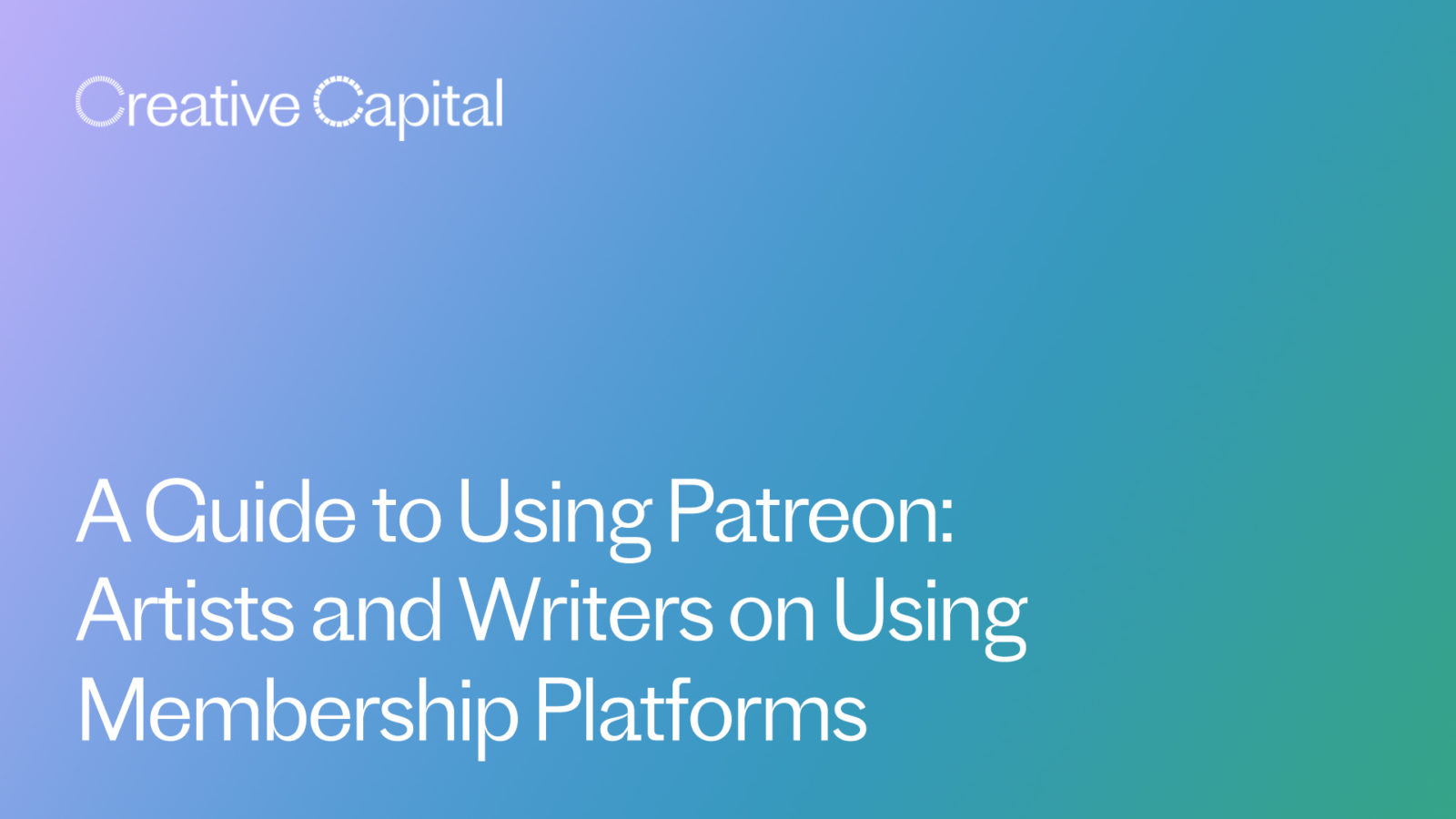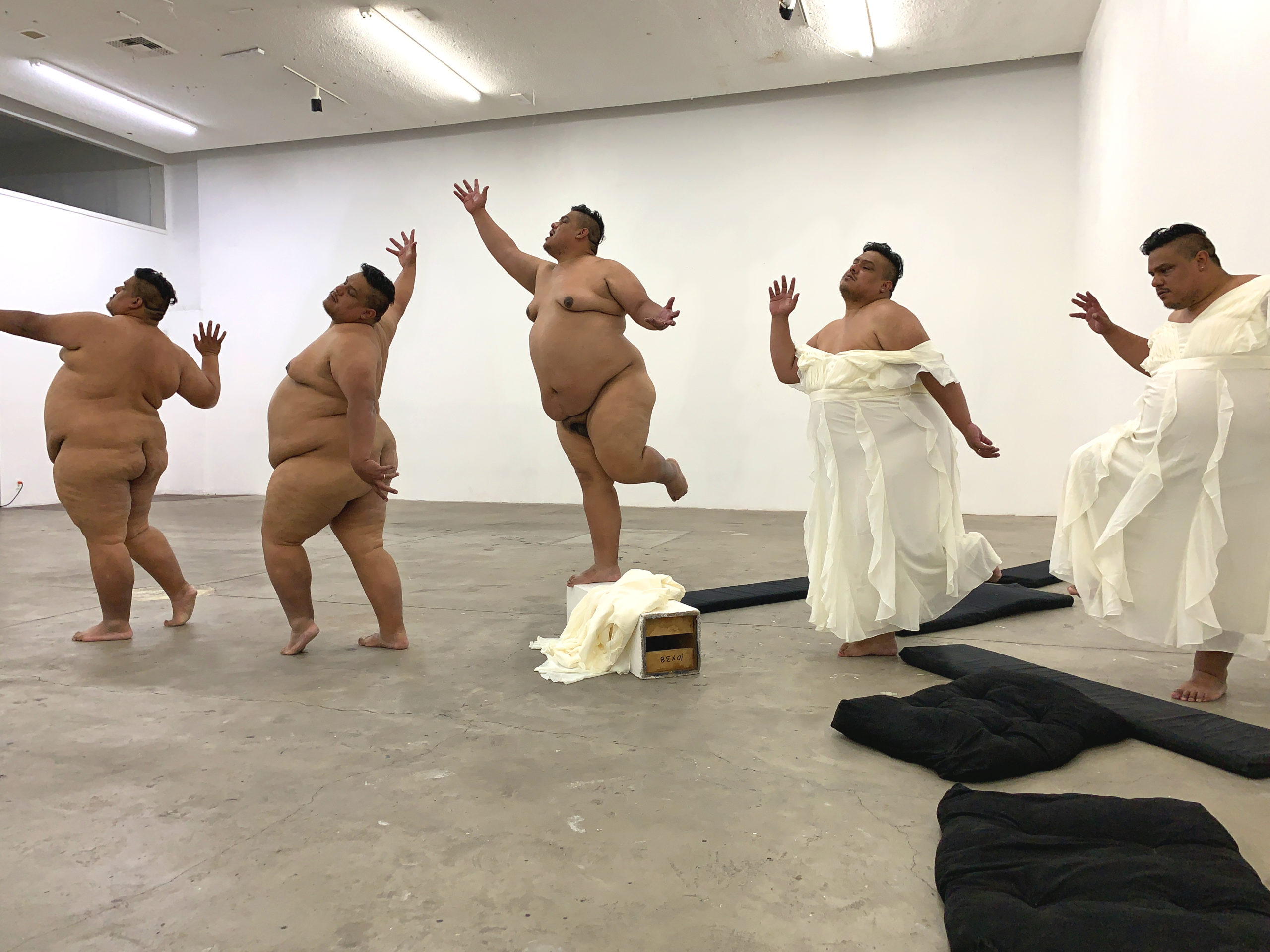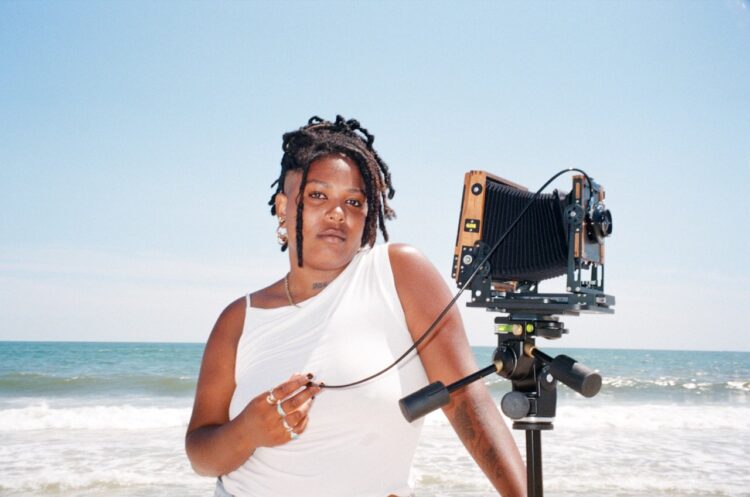A Guide to Using Patreon: Artists and Writers on Using Membership Platforms

With membership and crowdfunding platforms like Patreon and Kickstarter, creators have the opportunity to earn money to fuel their creative work directly from audiences. Now that these platforms are ten or more years old, how successful are they? At best, these membership platforms earn artists revenue as they develop their practice and make work, and help them maintain access to their audience and patrons. At worst, the platforms can hinder the actual creative process and bog down the artists with additional tasks. For this article, we surveyed a number of artists, performers, and writers with a range of experience with membership platforms, based in different disciplines, to get a better understanding of how they have or haven’t helped the creators build their practice and audience.
In general, we found that artists who used Patreon regularly and for at least two years enjoyed the exclusive access they had to their fans, and used the creation process for benefits in their practice. While Patreon won’t help artists expand an audience, it can help create connection and patronage from an existing audience, or one growing on a different platform.
If you have experience with a membership platform like Patreon, we would love to hear from you!
Why Patreon and How Does it Work?
Patreon is a unique membership platform that allows artists and creators to monetize their work. An audience will sign up to be a part of someone’s Patreon platform, usually at around $5 a month, and they will receive benefits that the creator makes available. While there are other alternatives for Patreon, like Podia, Patreon is unique in that it is both widely used, and more of a general membership platform, instead of a project-based one, like Kickstarter.
Patreon could be a perfect platform for those artists who have disparate and varied projects happening simultaneously. Jenn de la Vega, a writer and chef said that she used Kickstarter at first to raise money to create large culinary installation events, “but it was periodic and a lot of production work. With Patreon, I have weekly contact with my community, and act as a resource for those learning how to cook. Since I do so many kinds of things, I use it as a way to keep in touch.”
The platform began in 2013, and as of 2021 maintains 6 million active customers—4 million of whom have signed up in the last three years—subscribing to a network of over 200,000 creators. Depending on the creator’s tier, Patreon takes about 5% to 8% of the earned income per year. According to the company, total creators earn over $1 billion per year on the platform—however, one external analysis showed only 25% of the active campaigns receive more than $120 monthly, 5% make more than $750 monthly, and 1% receive more than $2,500.
While none of the artists we heard from said they received all of their income from the membership platforms, many did say it supplemented their revenue significantly enough to make the time they spent on it worthwhile. Data shows that the most popular Patreon creators are video producers and podcasts makers—accounting for six out of ten channels—followed by musicians, game designers, and then writers.
“It is encouraging to put something into the world that I want to put out there and have folks support me.” —Laura Brown
Know Your Audience
So, what are the chances that one artist’s Patreon will become a beneficial way to make money and engage users? Patreon works best when a creator brings an audience to their platform, and not the other way around—it won’t help grow an audience, just engage and raise money from them in monthly installments. If an artist already has a sizable and engaged audience on one or more digital platforms (like Instagram or email), they might consider using Patreon.
Before getting started, artists should consider setting up benchmarks to determine how much money is received. If an artist hopes to make $1,000 per month from their Patreon, considering that the average user pays $6 a month, the artist would have to have about 167 members. Artists should keep in mind that expanding an audience of regularly paying members is harder than attracting followers on Instagram. Among those we polled, artists had from three to 200 members, but, of course, those audiences are the most supportive and engaged in the artists’ practices.
There are two types of audience members—both groups may be supporting their favorite artists out of charity, but only one wants a regular product, communication, or “benefit” from the artist. The first audience may not be as interested in hearing as often from the artist, or participating in the events and receiving benefits. The other likes and maybe even expects regular communication.
Accommodating the needs of all types of members can be a key part to creating a successful Patreon, says Jen Shyu, vocalist, composer, multi-instrumentalist. “Surveys are good to know what works best for people,” she writes. Since Shyu began focusing on “the community needs rather than just talking about myself and my own work,” she has seen improved engagement from her audience.

Image of Jen Shyu. Photo by Daniel Reichert.
Determining audience segments can be the heaviest lift involved in getting a Patreon off the ground. Artist and photographer Eric William Carroll says that managing and understanding the expectations of his audience took a while, but once it happened, he gained a better understanding of his audience, “something that has always seemed like a pretty intangible thing before.”
Once an artist identifies different audience types, the Patreon members can be used as a tool to test new work. For example, performer, musician, and Creative Capital Awardee Dorian Wood offers their patrons rare performance videos, body-positive nude photos, works-in-progress, and every Friday a different cover song. Because their work can be intimate and often vulnerable, Wood says that “there is work that I’m more comfortable uploading to Patreon than I would be presenting in a more public way.”
Plus, Wood knows their members get their work—certain performances, they say, “don’t particularly find appreciation in a common setting, and offering these works to my Patreon subscribers makes some of the work feel more special.” For artists testing out experimental or intimate work, or who often explore new territory, a Patreon audience might be used as a tool to see what does or doesn’t work.
What Kind of Benefits to Provide Members
Benefits help add value to a membership, and can differentiate between different tier types (although some artists, like Dorian Wood, only use one tier). It also helps members keep an artist’s work at the top of their mind, and feel a sense of connection and commonality with the artist they enjoy supporting. But, what kind of benefits an artist provides to their members depends largely on their work. As stated above, videos and podcasts tend to be the most subscribed to kind of media, but there is a wide range of other potential types of products.
For visual artists and writers, it’s common to share works-in-progress, behind the scenes images or videos, and even art pieces. Lily Hope, a Juneau-based artist who uses materials and traditions from her Alaskan Native heritage in her art practice, offers her members time-lapse process videos, and videos on philosophy, techniques, and beliefs around Chilkat weaving. Her patrons receive quarterly asynchronous weaving projects that they can make from start to finish, and take part in weekly live weaving sessions. Laura Brown sends her members “monthly hand-printed postcards in the mail with a statement describing process and inspiration.” Jenn de la Vega sends her members, mostly based in New York, weekly snack recipes that are 5 ingredients or less, a limitation to “illustrate how versatile cooking can be.”
Objects, recipes, and videos aren’t the only way to engage a member base though. Many artists use their community practice to offer their members different ways to participate in their expertise and skill set. De la Vega, who recently celebrated her two year anniversary on Patreon, makes herself available to top-tier members for cooking help, and she holds monthly “Netflix Parties” to watch food-themed TV or movies. Musician Jen Shyu hosts monthly gatherings, including ear-training workshops, intermedia improvisation workshops for all levels, jam sessions, grantwriting workshops, share your work salons, “Artist Survival & Wellness” forums, and private lessons for top-tier members. Lily Hope sends her top-tier members “weaving materials and start-to-finish video tutorials of a new project every three months,” as a way to elevate and perpetuate techniques in Ravenstail and Chilkat weaving of the Northwest Coast.
Incorporating Patreon Engagement into Regular Practice
Like with grantwriting, engaging a membership base through platforms like Patreon will be just another daily task unless it is embedded into one’s artistic practice. There are different ways to do that, and they can depend on an artist’s discipline. De la Vega “developed a workflow for vetting, developing, and publishing recipes for Patreon which translated into my pandemic pivot into recipe development for cookbooks.” She often responds to what her subscribers want and reacts to that, so that she doesn’t overextend herself on something that doesn’t land with her audience.

Image of and by Dorian Wood, from their Patreon page.
That human connection can be important to drive one’s work. Molly Rice says her subscribers love videos where she and her producing partners’ faces appear to talk about their work. “Videos where we or other people are connecting directly to them are most popular,” she says. In addition to videos, Patreon offers different ways of communicating with an audience like polls and posts with comments. Using these tools, as well as hosting online or in-person events can make an audience feel more real compared to using an email newsletter or social media platform that can feel like speaking to the void.
The artists we polled and spoke to encouraged keeping posts and benefits consistent, but fresh. Laura Brown said that, through Patreon, “it is encouraging to put something into the world that I want to put out there and have folks support me.” In addition to being part of their practice, some of the artists said that the funds generated from Patreon paid their bills, and gave them a sense of control over their income, so it was worthwhile to keep it going.
For artists just getting started or thinking about starting a membership platform, Dorian Wood suggests that taking the long-view will make the experience worthwhile: “Definitely make it a reflection of who you are as a person rather than who you are solely as an artist. It’s a lovely forum to share your humanity and invite people to embrace it.”
